Steam pressure is the key variable that indicates the state of balance between the supply and demand for steam.
If supply exceeds demand, the steam pressure will rise conversely, and
If demand exceeds supply, the steam pressure will fall.
The pressure controller with main header pressure, a controlled variable manipulates the firing rate demand to control the steam pressure at the desired Setpoint.
In this case, for multiple boilers and only one common header. Here the term plant master is used because more than one boiler supplies steam to a common header. The plant master generates the master firing rate demand signal that drives the individual boilers in parallel.
The primary function of combustion control is to deliver fuel and air mixture to the burner at a rate that satisfies the firing rate demand for efficient combustion.
Due to insufficient airflow, the fuel is wasted which makes incomplete combustion and can cause an accumulation of combustible gases. And too much airflow into the furnace wastes fuel by heating the stack excessively.
Combustion controls are designed to achieve the optimum air/fuel ratio while guarding against the hazard caused by insufficient airflow.
If the fuel, air, or flue gas flow in the air-fuel circuit varies, then the combustion rate of the boiler also varies.
Objectives of Combustion Control
The following are the objectives of the combustion control.
- Maintain high efficiency of combustion at all rates
- The heat energy must be regulated by the plant equipment to meet the plant’s needs.
- Be sufficiently sensitive, so that the thermal state must not fluctuate.
- Safety must be maintained by guarding against the hazard caused by insufficient airflow.
The combustion control for variable load needs to adjust the fuel input proportional to the load. This must be accompanied by a change in airflow to the combustion equipment so that the most efficient air-fuel ratio will be maintained at all loads.
The fuels are bagasse, coal, gas, and oil. The controls of fuels like gas and oil are simple and easy because they are easily measurable. But the control of solid fuels like bagasse and coal is complicated because of the measurement problem.
Combustion Control with Gaseous Fuel
Fuel control:
It is a simple feedback control loop with a firing rate demand signal from the boiler master controller as a set point. The gas flow is measured and given as an actual value to the controller.
The controller output is utilized to open or close the flow control valve in the gas line to increase or decrease the amount of gas to the boiler satisfying the fuel demand.
Single Point Positioning Combustion Control
It is the simplest type of combustion control system. It is often referred to as ‘Jack-Shaft’ control. The fuel controller output operates the final control element which in turn opens or closes the control valve in the fuel line.
A single-point positioning system uses a mechanical linkage to manipulate the fuel control valve and the combustion as a flow damper in a fixed relationship.
The mechanical lever/link between the final control element and the control valve will have a further mechanical link to the combustion air flow damper.
Both fuel valves and air damper are operated by the same controller and the final control element. The alignment of the fuel valve and air damper positioners is critical for this type of control. Because fuel valves and air dampers have different flow characteristics,
It is necessary to linearize these flow characteristics. The air and fuel ratio required for proper combustion is fixed through this linkage only.
The position of the fuel control valve and the combustion air flow damper is connected in a fixed relationship and moves in unison with the demands of the controller.
Parallel Positioning Combustion Control
This system uses a similar strategy as single-point positioning for combustion control. However, parallel positioning has two outputs used in parallel to control the fuel valve and the air damper.
Instead of adjusting the air/fuel ratio through mechanical links in single-point positioning control, the air damper valve is operated by a manual setter.
The control signal is given to the fuel valve and the air damper the jackshaft used in single-point positioning is replaced by the function block before the airflow actuator with a manual air/fuel ratio set.
Both single-point positioning and parallel positioning do not make use of the airflow measurement in the control. Air pressure and temperature variations cannot be taken care of by the above systems. This weakness can be overcome by including measurements of fuel and airflow in the control strategy
Combustion Control: Series Fuel-Air Ratio Control
To overcome the difficulties faced in single-point positioning and parallel-positioning control. Series fuel-air ratio control is used to measure the flow of fuel and air.
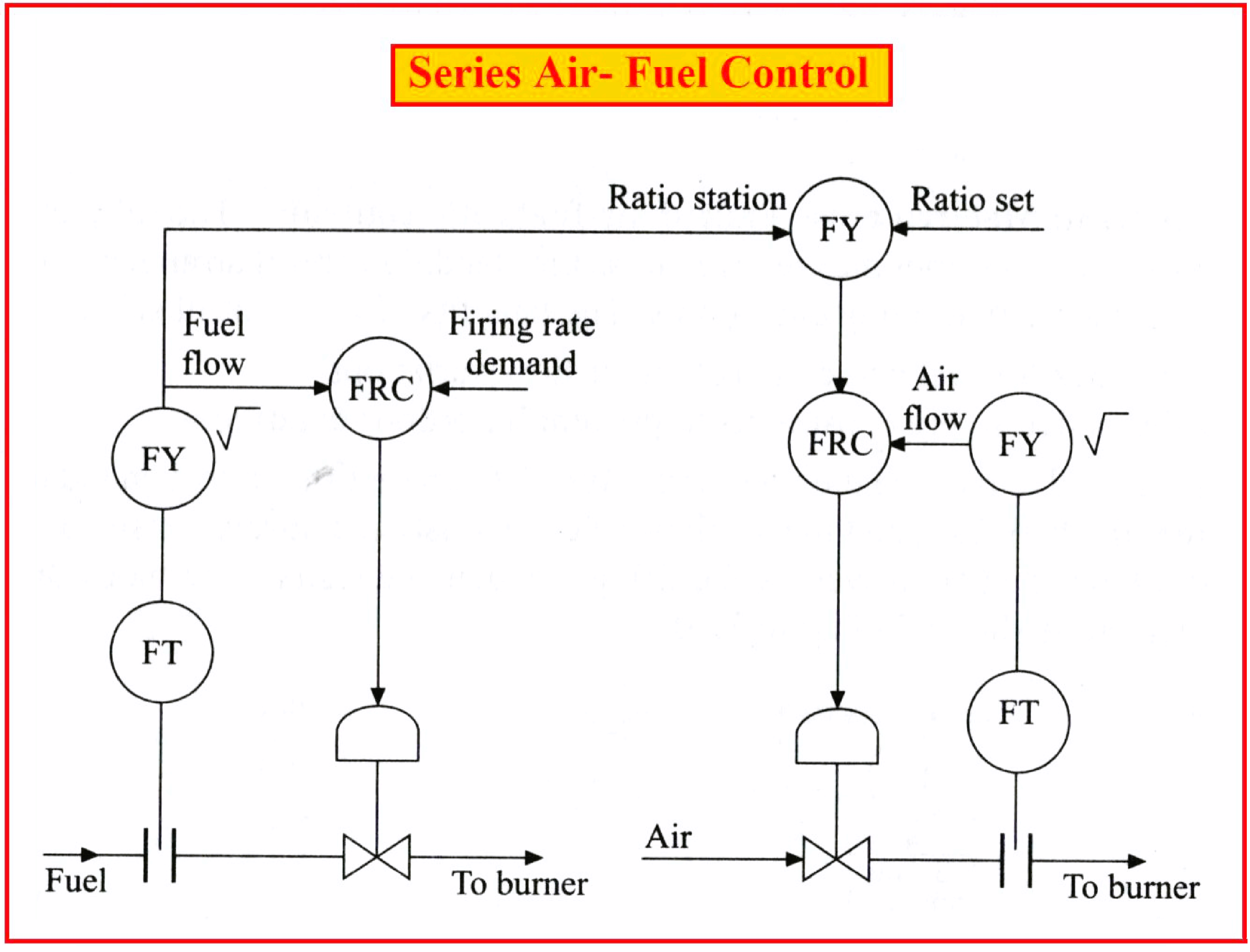
The fuel flow is controlled as per firing rate demand. The fuel flow signal is given to airflow control through the ratio station where the required air-fuel ratio is set manually.
The output of the ratio station becomes a set point to the air-flow controller which takes feedback from the airflow transmitter.
Series fuel-air ratio control has two strategies they are:
Fuel Leading Air control
The fuel varies as per the firing rate demand and this change causes the air to vary according to the ratio set in a Fuel Leading Air control strategy.
Air Leading Fuel Control
The air varies as per the firing rate demand and this causes the fuel to vary according to the ratio set in the Air Leading Fuel control strategy.
Combustion Control: Parallel Air-Fuel Ratio Control
This is necessary because a lag of only a few seconds in measurement and transmission will seriously upset combustion conditions in a series system. This can result in alternating periods of excess air and deficient combustion.
The interaction between air and fuel loops is to be taken into account. The effect of interaction and disturbances in the fuel and air control loops can be minimized by the use of parallel fuel and air control.
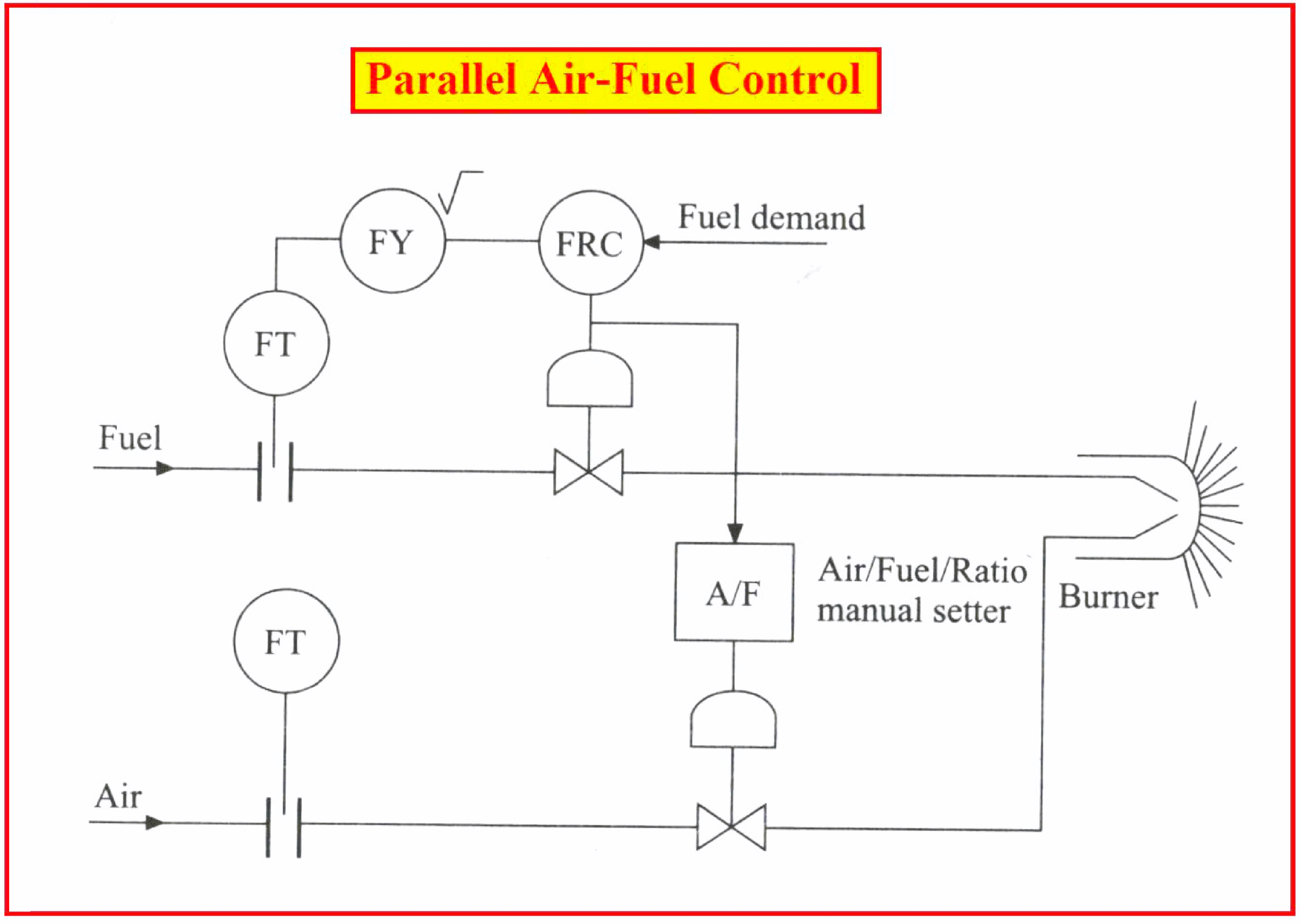
In a parallel air-fuel ratio control, the firing rate demand is directly given as a set point to the fuel controller and is given through the ratio station to the air controller simultaneously.
The fuel and air vary simultaneously as per firing rate demand.
Combustion Control with Liquid Fuel
Most of the combustion control systems discussed for gaseous fuel holds good for liquid fuel also. Only the measurement techniques of fuel may vary.
Vaporizing or atomizing of oil is required for proper mixing with combustion air for complete combustion.
Steam Atomization Control
Steam atomization control in oil burners is the method of preparing the fuel for close mixing with air. This can be done by steam vaporizing or by steam atomizing. This can be accomplished by mixing the oil with a steam jet in a steam atomizer.
Proper atomization at the burner and therefore complete combustion will be achieved only if oil is kept at constant pressure and viscosity.
The difference between the readings of inlet and return flow meters can be taken as net oil flow to the burner. And the signal from the air/fuel ratio control is also considered.
The burner back pressure is controlled by the control valve in the recirculating line, whereas the flow controller setpoint is adjusted by the firing rate demand signal.
The firing rate is controlled by an alteration in the opening of the burner orifice. Atomizing steam is ratioed to the net oil flow rate, and the heating steam is modulated to keep the fuel oil viscosity constant.
Fuel Demand Split between oil and gas
In multi-fuel-fired boilers, more than one fuel will be used. The biasing stations provide the means of manual control and automatic control, with the bias of one fuel concerning the other.
If gas fuel is at variable pressure, a pressure control valve is installed at the upstream side of the flow transmitter. Both the oil and gas fuels require the same ratio of air, and the total air is distributed to the burners as required.
The totalisation of fuel for combustion control should be on an air required for combustion basis because the combustion control and air-fuel ratio can be different for gas and oil. And the burner design will also vary for these two fuels. Hence it is always necessary to have independent air/fuel ratio controls for each fuel.
Combustion Control with Solid Fuel
The most commonly used solid fuel is coal. Here the coal is delivered to the plant in lump or chunk form using trucks or rail wagons.
The plant must have sufficient storage space and mechanical equipment for storing and handling the fuel for use.
The coal is often furnished on a sized basis after preliminary preparation near the mine the sized coal is transferred from coal storage to coal ‘bunkers’.
These bunkers or short-term storage bins are located at an elevation that allows the coal to feed to the boiler system by gravity.
There are three basic coal-burning methods.
- On a grate burning
- Fluidized bed burning
- In a suspension or pulverized coal burning
On a Grate Burning
Here the coal flows by gravity to a stoker hopper. And a weighing system is installed to weigh the amount of coal that is admitted to the stoker hopper.
But the coal measurement cannot be used for controlling purposes because of the time lag involved between the measurement and actual firing in the boiler.
Hence coal has to be treated here as an “unmeasured’ fuel. Because the fuel control systems are open loops, wherein a control signal positions a coal feeding device directly.
Combustion air is admitted through the fuel bed on the grate and is adjusted by a single control device. This amount of air is sometimes called ‘primary air’.
To increase the turbulence and complete the combustion, ‘secondary combustion air is added as jets of over-fire air above the grate.
Fluidized Bed Burning
Here a bed of fuel is fluffed into a fluid mass the high-velocity air is applied from the bottom of the fuel bed.
An adjustable-rate feeder admits the required fuel to the fluidized bed. In this type of fluidized bed combustion, the fluidized air is the primary combustion air with secondary air added as required to assure complete combustion at atmospheric pressure.
In a Suspension or Pulverized Coal Burning
Coal has to be pulverized for burning it in suspension. Coal is ground to a fine powder with the help of a coal mill.
Coal is supplied to the pulverizer from the raw coal bunker through an adjustable coal feeder. The Primary air stream transports the ground fine powder coal to the burner.
The temperature of the primary air is controlled to ensure that the coal-air mixture is not carrying moisture to the burner.
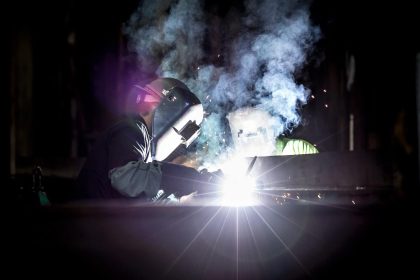

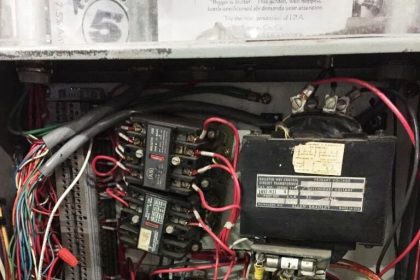
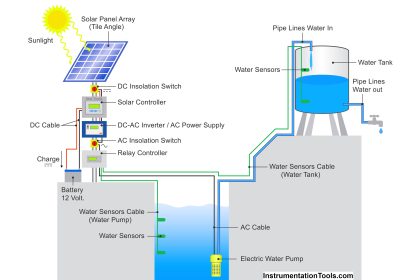

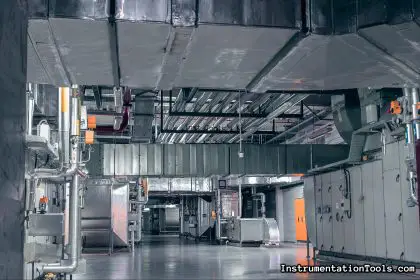
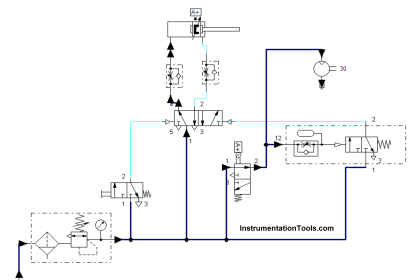
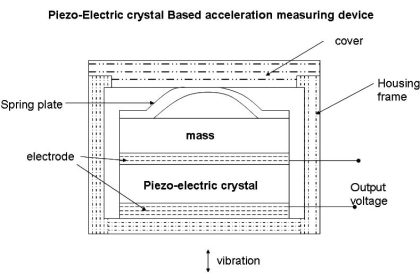

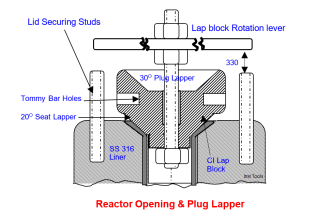

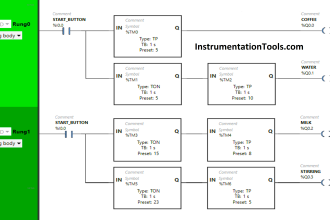
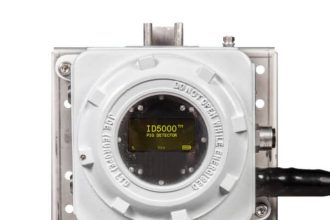


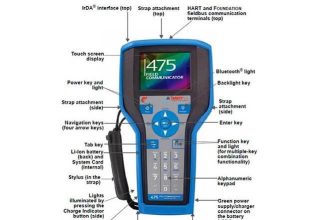

One of the simplest and yet most effective Air/Fuel Ratio Control philosophies embraces : Cross Port Limiting, where air and fuel are managed by 2 x Signal selectors. ( 1 x HI signal Select, and 1 x LO signal select)